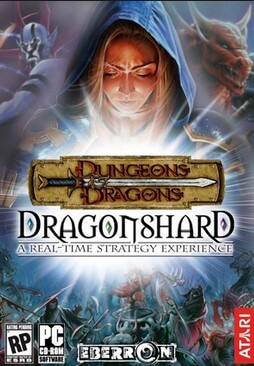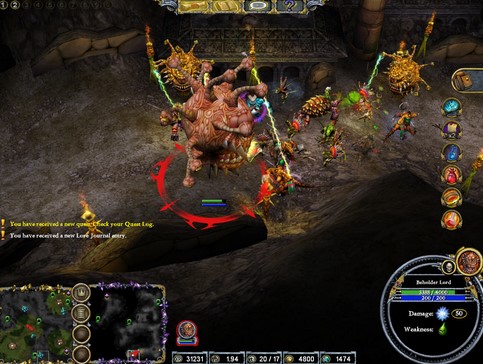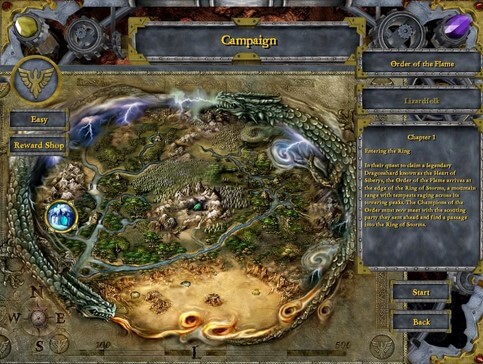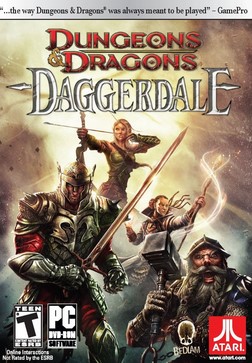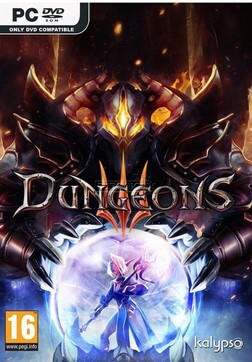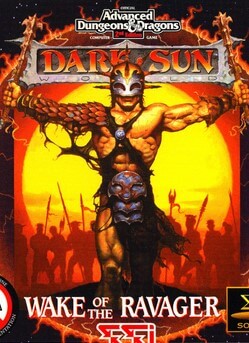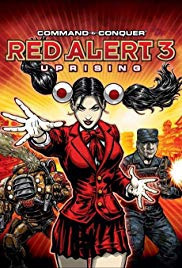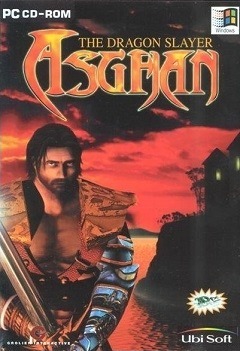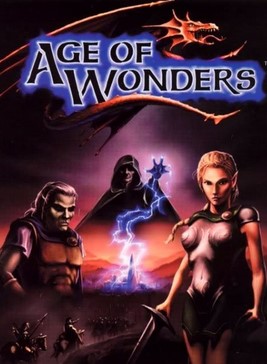Dungeons & Dragons: Dragonshard is a real-time strategy role-playing video game, developed for Microsoft Windows by Liquid Entertainment, and published by Atari in 2005. It takes place in Eberron, one of the official Dungeons & Dragons campaign settings. The game combines elements of traditional real-time strategy gameplay with role-playing elements such as hero units, and questing. Dragonshard includes two single-player campaigns, single-player skirmish maps, and multiplayer support. The single-player campaign follows the struggles of three competing factions to gain control of a magical artifact known as the Heart of Siberys.
Gameplay
Dragonshard combines aspects of real-time strategy (RTS), and role-playing games (RPGs). Games take place on dual level maps divided into the surface world of Eberron, and the underground realm of Khyber. Units travel between the surface, and the underground through gateways that are fixed on each map. The surface map features traditional RTS gameplay: the player builds and develops base structures, gathers resources, and amasses, and upgrades an army. Unlike most real-time strategy games, all units are available at the beginning of the game, rather than having prerequisites to allow their construction. There are three player-controllable factions in the game: the Order of the Flame, the Lizardfolk, and the Umbragen.
Armies consist of the following unit types:
- Champions: the game's hero unit. In campaign mode, the player chooses a champion before starting a map. In skirmish, and multiplayer modes, the player summons a champion from the city headquarters. Each race has four champions: a fighter, a cleric, a wizard, and a rogue. Each champion offers unique abilities, and army bonuses.
- Juggernauts: powerful, expensive units summoned from the city headquarters. Each race has a unique juggernaut unit, and only one may be summoned at a time; however, they cannot venture into the underworld.
- Captains: upgradeable units trained from unit-producing structures. Captains can be upgraded to level five. As they gain levels, they get new abilities, and also gain a squad of subordinate soldiers, up to a maximum of four soldiers at level five. All races have a variety of different captains, including flying units, tanks, rogues, healers, resource gathering specialists, spell-casters, and ranged combatants.
- Soldiers: support troops that are automatically trained by captains when in the vicinity of one of the player's bases. Soldiers cannot be ordered individually; they automatically follow their captain, which allows for large armies to be created with less micromanagement than in typical RTS games. Soldiers always take damage before their captains, and effectively multiply the captain's health as well as damage potential. Since soldiers cannot go underground, each soldier is converted into additional health for the captain. The captain's health is converted back into soldiers when the unit emerges on the surface.
Only champions and ground-based captains can travel underground, which focuses underground gameplay on a party of individual units rather than the surface world's squad-based armies, and plays more like a role-playing game. Underground maps feature party-based dungeon crawling gameplay: units must negotiate traps, gather treasure, and hunt monsters. Items are stored in a global inventory accessible to all units.
Dragonshard has three resources:
- Dragonshards: used to construct units and buildings. Dragonshards periodically rain from the sky to the surface map.
- Gold: used to construct units and buildings. Buildings generate a small amount of gold over time, but the majority of gold in the early to mid-game is gathered by exploring the underground map for treasure, completing quests and looting corpses.
- Experience points: used to upgrade troops. Experience points are gained by killing units, destroying buildings, and completing quests.
Plot
Main article: Eberron
Dragonshard takes place in the world of Eberron. In the creation myth of Eberron, the dragon Khyber warred with his sister Siberys and shattered her body to pieces. In his anger, Khyber's brother Eberron wrapped him in his coils, trapping Khyber. The bodies of the three dragons became the three parts of Eberron's world: the surface Eberron, the Ring of Siberys that encircles Eberron, and the underworld of Khyber. The three world parts produce dragonshards, crystal and rock fragments imbued with magic power.
The Heart of Siberys is the largest dragonshard in Eberron. When it fell from the Ring of Siberys to the continent of Xen'drik, it created a storm-swept mountain range known as the Ring of Storms and caused a city to sink into the earth. Its immense magical force caused the natural creatures of the Ring of Storm to evolve into the Lizardfolk. To this day, the Heart draws factions into conflict over control of its power.
In addition to the playable races, Eberron is populated by a number of neutral non-player factions and creatures, including the illithids, longtime foes of the Umbragen, a host of golems constructed by an extinct elven race, ettins, and thri-kreen.
Dragonshard is the first video game set in the Dungeons & Dragons campaign setting of Eberron. Eberron's creator Keith Baker wrote the storyline for Dragonshard. However, some discrepancies exist between the game and the canonical Eberron Campaign Setting. Siberys dragonshards should be gold in color, but they are blue in the game. Building new warforged is forbidden under the Treaty of Thronehold that ended the Last War — the only sources for new warforged are Merrix d'Cannith's illegal forge in Sharn and the Lord of Blades' forge in the Mournland. However, in the game, the Order faction can build Warforged Titans.
